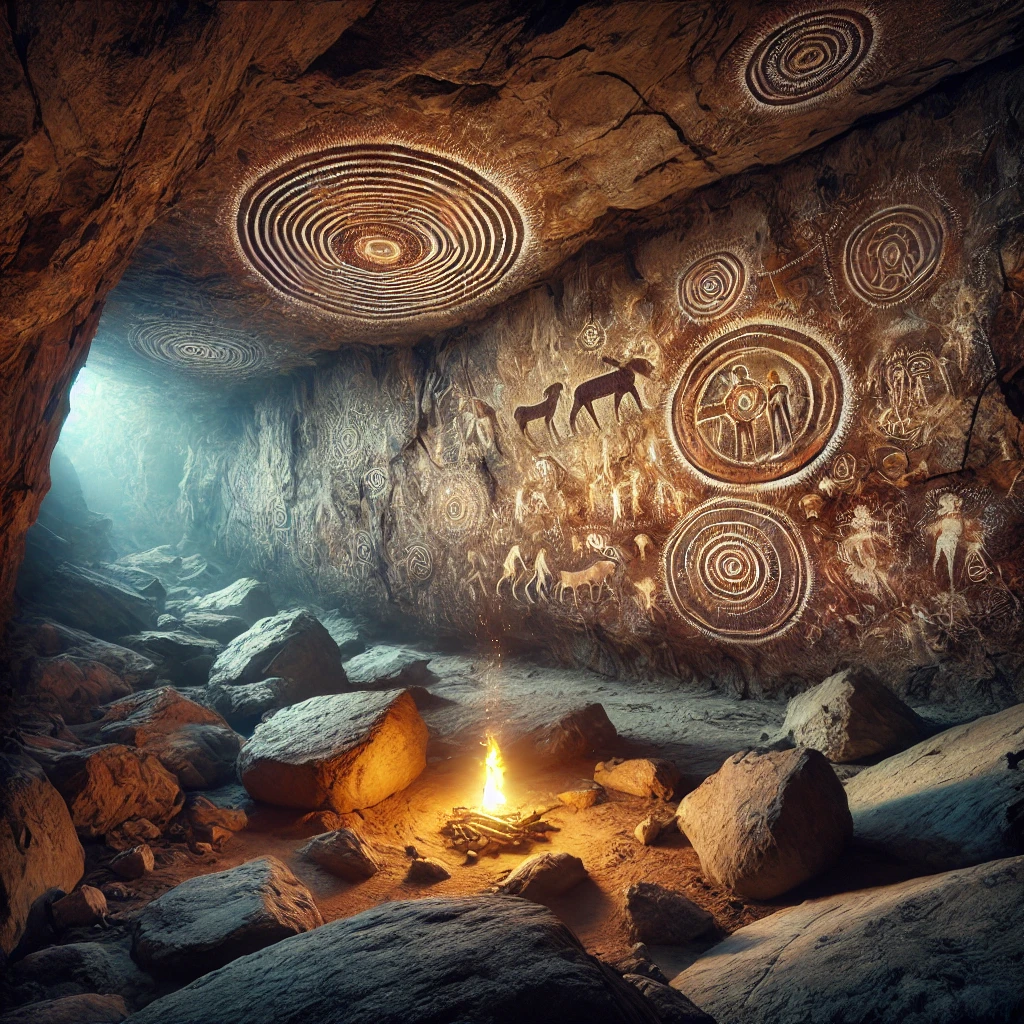
The Discovery of Hidden Aboriginal Cave Paintings
Deep within the Australian outback, researchers have uncovered ancient cave paintings believed to be tens of thousands of years old. These artworks, hidden for centuries, depict symbols, animals, and mysterious figures that could provide new insights into the lives of early Aboriginal civilizations. The discovery has sparked global interest among historians and archaeologists.
The Oldest Rock Art in the World?
Australia is home to some of the oldest rock art ever found. Some cave paintings in Arnhem Land date back over 40,000 years, making them among the earliest known forms of human expression. These ancient artworks predate the pyramids of Egypt and the ruins of Machu Picchu, highlighting the deep cultural roots of Australia’s Indigenous communities.
Unusual Symbols and Their Possible Meanings
Among the newly discovered cave paintings are strange geometric patterns, humanoid figures with elongated limbs, and depictions of celestial bodies. Some researchers believe these images may represent contact with otherworldly beings or spiritual visions experienced by ancient Aboriginal tribes. Others suggest they could be maps, recording significant events in early human history.
How Climate Change Helped Preserve These Paintings
The extreme climate of the Australian outback has played a crucial role in preserving these ancient artworks. Unlike other regions where weathering erodes historical artifacts, Australia’s dry conditions have kept the cave paintings remarkably intact. This allows scientists to analyze the pigments and techniques used by early artists with unprecedented detail.
The Spiritual Significance of the Cave Art
For Aboriginal communities, these paintings are more than just historical artifacts—they are sacred symbols passed down through generations. Many Indigenous elders see these discoveries as a connection to their ancestors and an affirmation of their cultural heritage. The stories behind these artworks continue to shape modern Aboriginal identity and traditions.
Modern Technology Unlocking the Secrets of the Past
Advancements in digital imaging and AI analysis are helping researchers decode the meaning behind these ancient artworks. High-resolution 3D scanning allows scientists to study the cave walls without damaging them, while AI algorithms can detect hidden layers of paint that may not be visible to the naked eye.
The Connection Between the Cave Paintings and Other Ancient Civilizations
Some archaeologists have noted striking similarities between Australia’s Aboriginal cave paintings and rock art found in Africa and South America. Could these symbols indicate early cultural exchanges between civilizations separated by vast oceans? Some researchers believe ancient humans may have traveled farther than previously thought, spreading knowledge and artistic traditions across continents.
The Debate Over Protecting These Sacred Sites
As interest in these cave paintings grows, so does the challenge of preserving them. While scientific study is crucial, many Aboriginal leaders stress the need to respect these sacred sites. Efforts are being made to ensure that research is conducted in collaboration with Indigenous communities, prioritizing cultural heritage over tourism and commercialization.
What These Discoveries Mean for Australia’s History
The discovery of new cave paintings is rewriting what we know about Australia’s ancient past. They offer clues about early human migration, storytelling traditions, and spiritual beliefs that have been passed down for thousands of years. These revelations highlight Australia’s importance as one of the world’s oldest continuous cultures.
The Future of Aboriginal Cave Art Exploration
With advancements in archaeological methods and increased interest in Indigenous history, future discoveries are inevitable. Researchers continue to explore remote regions of Australia, hoping to uncover more hidden artworks that can provide further insight into the world’s earliest civilizations. The past is waiting to be revealed, one cave at a time.